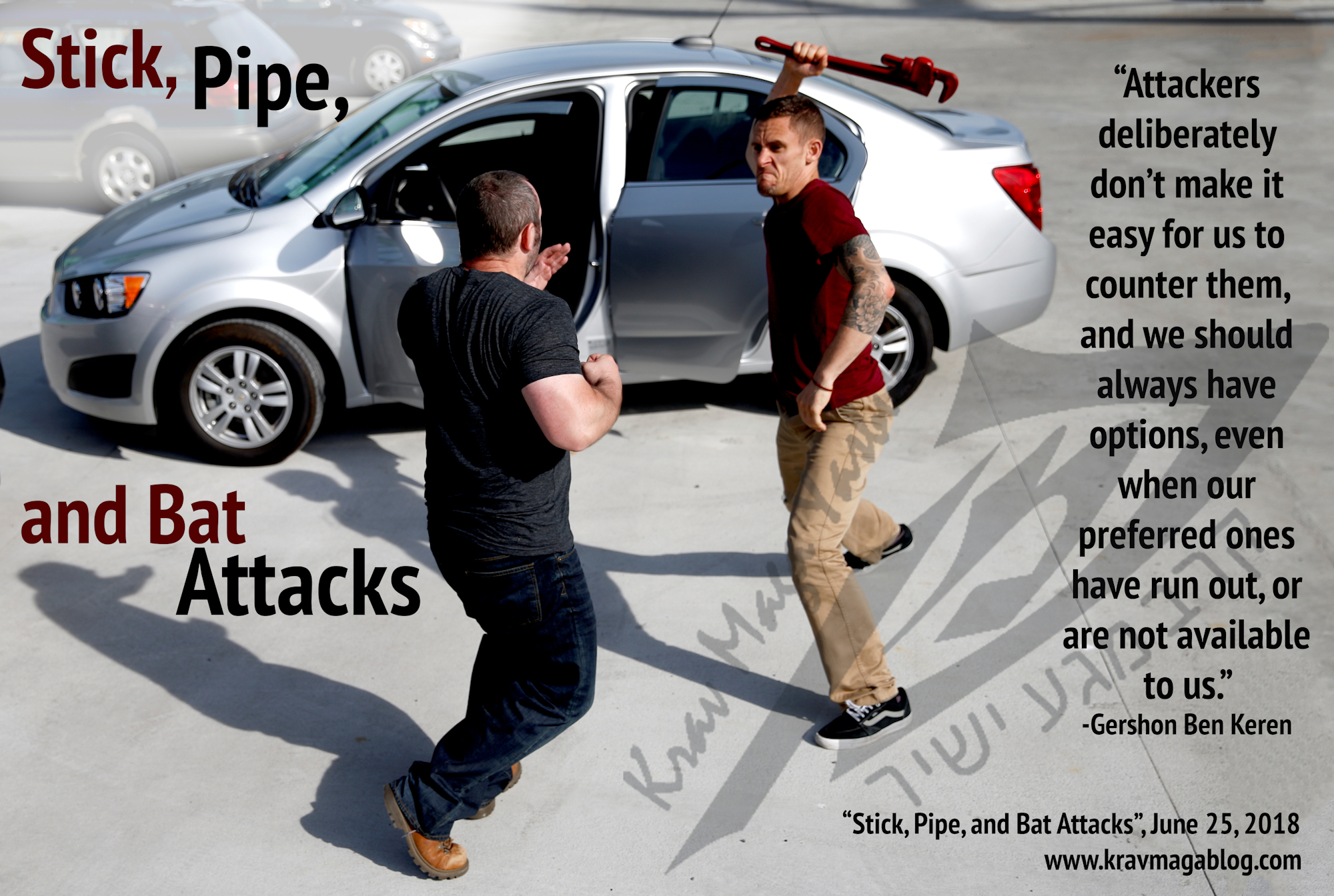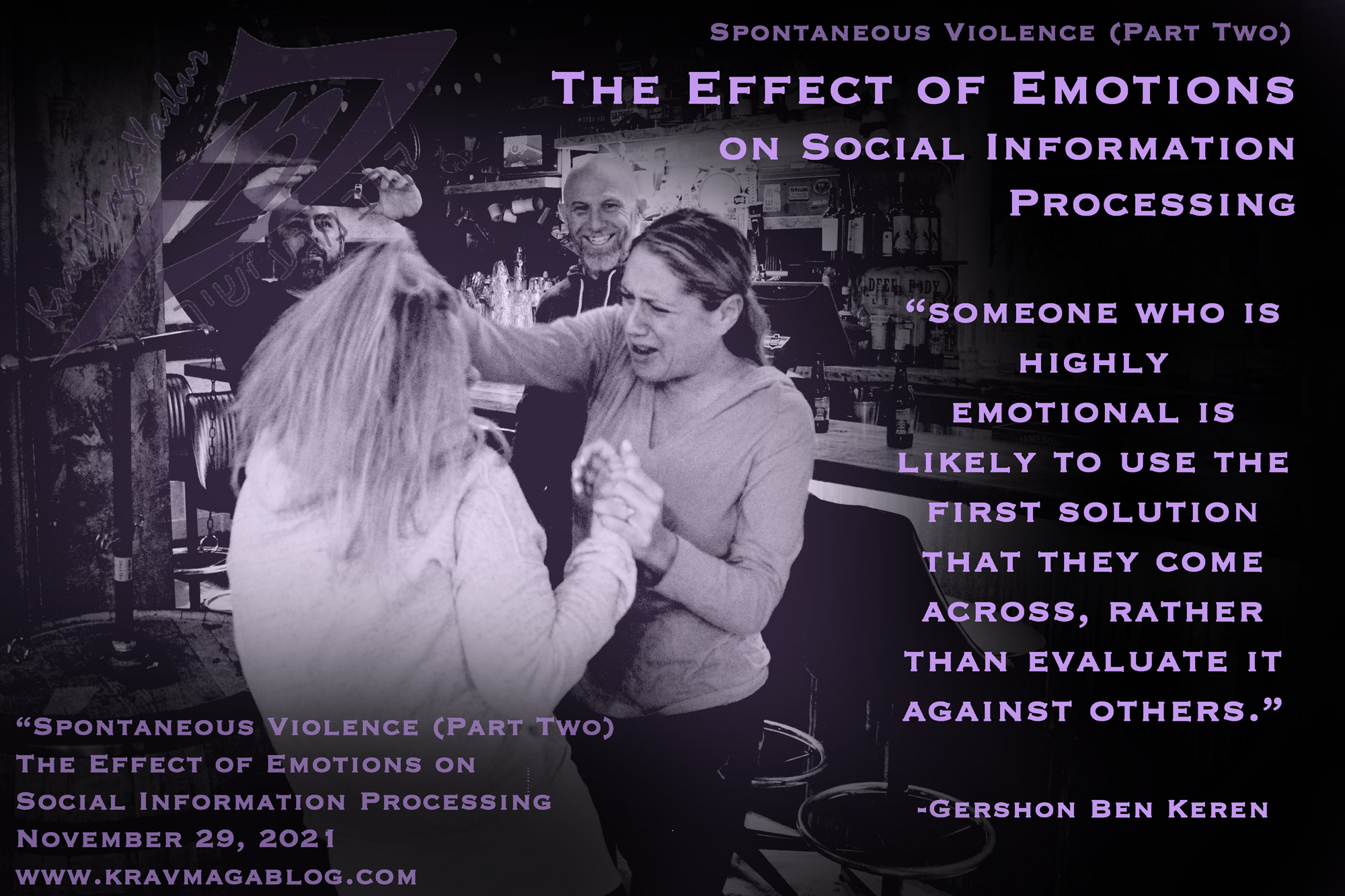Situational Visualization, is an article written by Gershon Ben Keren, a 5th Degree Black Belt in Krav Maga, who teaches Krav Maga in Boston, MA. He has also authored three Amazon best-Selling Books on Krav Maga.
I have written about the importance of visualization as a training tool before, and how to practice it e.g. first viewing yourself as a third party, and then visualizing the situation through your eyes etc. To re-cap, I believe visualization is a key training tool for a number of reasons. Firstly because it’s a great way to practice what you do in the dojo/studio, when you’re not there; most people can dedicate 2-3 hours training a week, and by practicing visualization of their techniques for say a combined 15 minutes a day, they can add an extra hour or two to their training, whilst keeping everything they learn to the forefront of their mind. Secondly, visualization allows you to take your training out of the dojo and into the real world – etc the world where violence actually occurs.
As much as we can replicate aggression, emotional state and the stress of real world violence in the dojo we have to recognize the limitations of our training as well. Firstly, we know that we are in a training environment – there may be moments we forget this, and that is the aim – and we know we have the option to stop if necessary, and that there is a level of safety that is adhered to e.g. we know the ultimate outcome of the situations we are placed in. Secondly, we know our assailants; this can also sometimes heighten the stress, if we are dealing with someone who lacks control and is somewhat erratic in their movement however we enjoy a level of predictability because of this. Because of this there is a level of familiarity to our training. Visualization can knock this on its head.
When I visualize situations, I try and stick to familiar locations e.g. those that I find myself in frequently. There is a level of routine in my life that sees me go certain places; sometimes in my car, sometimes on public transport and sometimes on foot. These are the environments that I use, as these are the ones I am most likely to be assaulted in. Visualizing with these locations also helps me up my awareness levels, and tunes my state of mind in to the possibility of being attacked, when I am in them. When I visualize a potential attack, I try and keep it as realistic as possible e.g. when I’m at the supermarket, I don’t visualize myself doing long-barrel weapon disarms (in a home invasion scenario maybe) but rather dealing with muggers, Car-Jackers etc. who may be armed with knives, short-barreled weapons etc. or unarmed. I also visualize myself in the clothes I’ll be wearing e.g. not full battle-dress, but shorts and sandals or sneakers (footwear is key in what you can and can’t do).
I also change the motive behind the attacks and threats, even if I don’t have the aggressors in my head verbalize the exact reason why they may be abducting me etc. The reason I do this, is because I don’t want to limit myself to the types of violence I may have to deal with. If somebody demands your wallet, their motive is clear, if your assailant(s) want to move you from one location to another it could be for a number of reasons, ranging from sexual assault to some form of punishment beating etc. Adding motive into your visualization practice, will not only help you identify the most likely types of threats and attacks you will face but will also allow you to consider the unexpected as well.
Rather than just imagine the attack, I will visualize the entire build-up to the assault, from the way a person(s) selected me, to the way them move with me and approach me. I do this both from the viewpoint of bystander and from how I would see and experience it first-hand. I will first practice/visualize the attack and my response (including how I managed the post-conflict phase), and then I will consider ways I could have used the environment, how I could have possibly resolved the conflict etc. without a physical solution. All of this helps heighten my awareness when in such situations and dictates how I should act and behave when in them to prevent and avoid violence.
In every situation I visualize I am successful, so I plan the process before I visualize it. This practice/method should not involve you making it up as you go along, but rather thinking of a scenario, building the steps and then playing them out. It is sometimes worth doing this as a paper and pen exercise, as you will start to get a better appreciation of how violence actually occurs e.g. if you are visualizing a baseball bat attack and defense, you have to have found a way for your attacker to have a baseball bat in their hand; where did they get it from. This allows you to understand how and where different types of assault take place and gives you a context for assaults. By thinking of scenarios and working them out in your mind, you will be in a better state of mind should you find yourself in them, and more situationally aware and able to avoid and prevent them in the first place.
0 COMMENTS














